Introduction:
In the annals of human history, there have been pivotal inventions that have profoundly transformed our lives and the way we work. One such invention was electricity, which sparked an era of unprecedented progress and innovation. Fast forward to today, we find ourselves on the brink of another monumental revolution – Artificial Intelligence (AI). Just as electricity changed the world, AI has come to stay, and its impact on the future of work is nothing short of revolutionary. In this article, we’ll explore the historical significance of electricity and how AI is set to reshape our work landscape for the better.
The Power of Electricity: A Historical Transformation
The discovery and harnessing of electricity were a turning point in human history. In the late 19th century, visionaries like Thomas Edison and Nikola Tesla revolutionized the world with their groundbreaking work on electrical systems and power generation. The development of electricity paved the way for an array of transformative technologies such as light bulbs, telephones, electric motors, and household appliances.
Electricity’s integration into industry and homes brought about unprecedented efficiency, productivity, and convenience. It liberated people from the limitations of daylight, enabling work and productivity around the clock. Mass production and distribution were streamlined, leading to the creation of new job opportunities and the birth of industries we now take for granted.
The Impact of AI: A New Paradigm
Fast forward to the 21st century, and we find ourselves at the cusp of another transformative period with AI as its centerpiece. AI is the science of enabling machines to perform tasks that would otherwise require human intelligence. Machine Learning, a subset of AI, allows computers to learn from data and improve their performance without explicit programming.
AI has already made significant strides across various sectors, ranging from healthcare and finance to transportation and entertainment. It is revolutionizing industries by automating repetitive tasks, identifying patterns in data that elude human analysis, and enhancing decision-making processes. Just like electricity, AI is set to shape a new era of work.
The AI Revolution in the Workplace
Enhanced Automation: Just as electricity automated manual labor in the past, AI is now automating repetitive and time-consuming tasks. This enables workers to focus on more creative and strategic aspects of their jobs, driving innovation and productivity.
Data-Driven Insights: AI’s ability to process and analyze vast amounts of data allows businesses to gain valuable insights into consumer behavior, market trends, and operational efficiency. This empowers organizations to make informed decisions and adapt quickly to changes in the market.
Personalization and Customer Experience: AI-powered algorithms can analyze customer preferences and behaviors to offer personalized experiences. From chatbots providing instant customer support to personalized product recommendations, AI enhances customer satisfaction and loyalty.
Collaborative Workforce: AI facilitates collaboration between humans and machines. It augments human capabilities, leading to greater problem-solving abilities and novel approaches to challenges.
New Job Opportunities: Just as the electrification of industries created new job roles, AI is expected to do the same. As AI technologies advance, there will be an increasing demand for AI engineers, data scientists, and AI ethicists, among other roles.
Conclusion
History has shown that transformative technologies have the power to reshape societies and work cultures, and AI is no exception. Like electricity, AI is here to stay, and it will redefine the way we work, interact, and conduct business. As we embrace this new era, it is essential to harness the potential of AI responsibly, ensuring that its benefits are accessible to all while mitigating potential challenges. The time to reimagine our work with the new electricity is now – let’s embrace AI and steer its power towards a brighter and more prosperous future.


